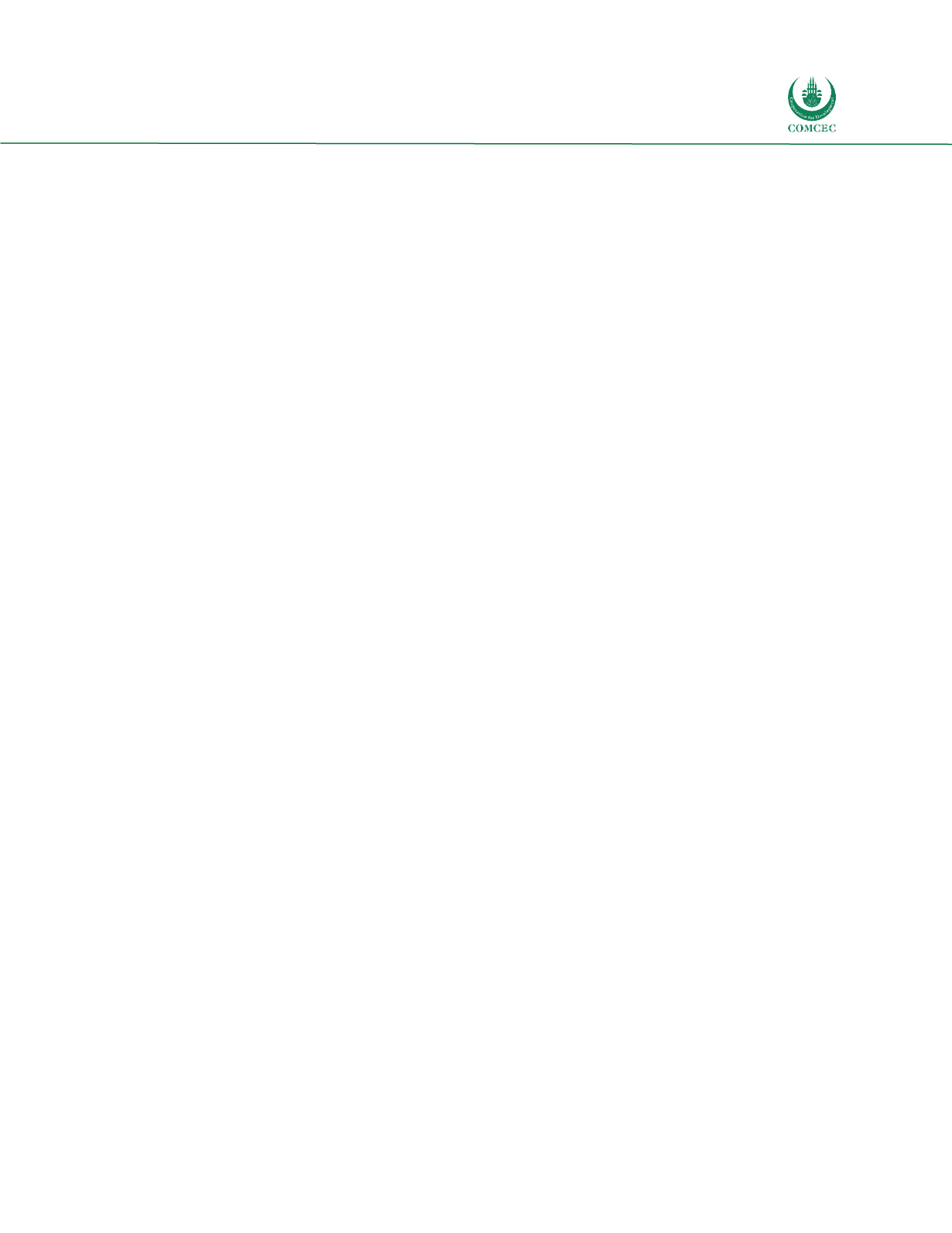

Destination Development and
Institutionalization Strategies
In the OIC Member Countries
81
Changing global economic and political conditions require ongoing strategic initiatives. For example,
political differences with Qatar have resulted in the complete ban on visitors from a country that was the
No.17 most important source market. Alternative markets like China and Russia have seen increased
promotional efforts by DTCM. Besides, the relaxation of visa rules by allowing visitors from China and
Russia to get visa on arrival has already pushed up visitor numbers from these two countries in 2017 to
more than compensate for the deficit from Qatar.
Strategies and activities DMOs need to implement
Each country has its own set of endowments and the strategy followed by each DMO should be geared
towards the promotion of the country or city’s specific tourism product offering. Dubai has established
itself as a modern city with iconic buildings and a state of the art infrastructure that is rapidly evolving to
meet the needs of the growing city. In 2012 Dubai had launched its Tourism Vision 2020 Plan but now it
is already focusing on a grander plan for 2071 when the Emirate will celebrate its 100
th
anniversary. This
bold vision which incorporates futuristic flying taxis and Hyperloop transportation options is already
being tested. Sustainable tourism is being encouraged. Hotels are experimenting with ecofriendly
initiatives that use less water and reduce their carbon footprint. Those who manage to do well are being
made role models and other hotels are being encouraged to follow these best practices.
Key performance indicators for DMOs
Dubai has set itself a target of attracting 20 million tourists by 2020. But this is not the sole KPI. It wants to
make sure that hotel occupancy rates remain high. But not at the cost of reducing revenue per available room
(RevPAR). It wants to make sure that tourists stay longer and spend more on shopping and restaurants. In
short, it wants the impact of tourist arrivals to reflect in the growth of the city’s GDP. So, it monitors tourist
arrival numbers, number of nights stayed, average room rates, amount spent on shopping and eating out
(using credit card data) and attractions visited.
And importantly, in today’s digital world, Dubai Tourism is monitoring social media to keep a tab on what
tourists have to say about their experience in Dubai. Positive and negative impressions on social media are
monitored and analyzed to manage expectations and improve performance.
The internal audit department of Dubai Tourism evaluates the performance of the various divisions and
departments of the organization and brings it to the attention of top management. Since all top line numbers
are ultimately monitored by Dubai’s leadership there is a great sense of accountability and a desire to
outperform.
Performance benchmarks for global DMOs
Growth in tourism must be balanced. Adding tourists and exacerbating infrastructure woes not count as
healthy growth in tourism. Catering to the diverse needs of tourists is also important. Countries like Japan and
South Korea are investing in Halal andMuslim friendly facilities like prayer rooms in shoppingmalls and Halal
food near major tourist attractions. They are recognizing the significance of the growing Muslim travel sector
and are preparing to meet their needs. This is particularly commendable in Japan which is preparing for an
influx of Muslim tourists during the 2020 Summer Olympics in Tokyo.
Dubai’s practice of interviewing tourists and observing their social media behavior is also an important means
of benchmarking success.
















